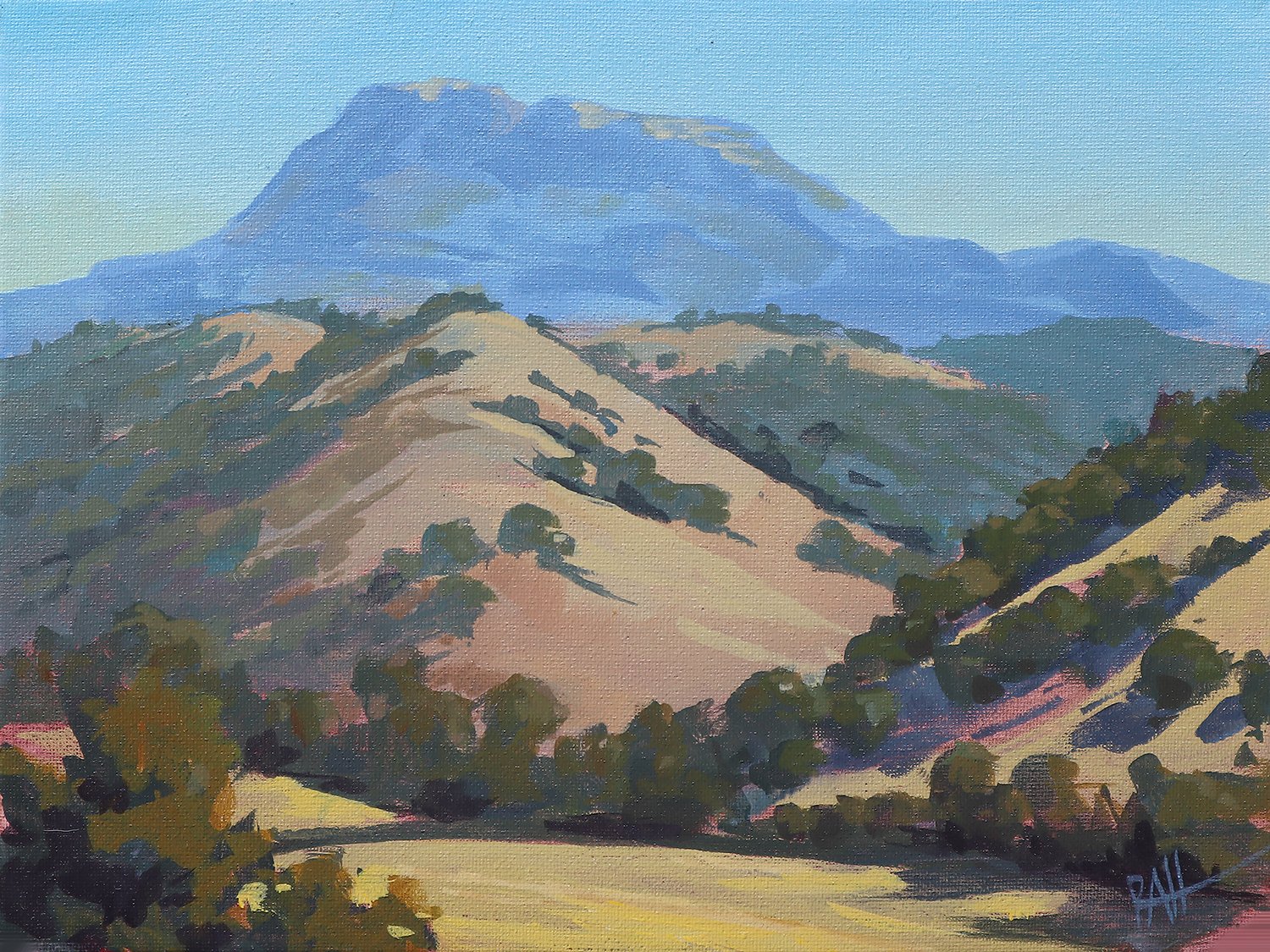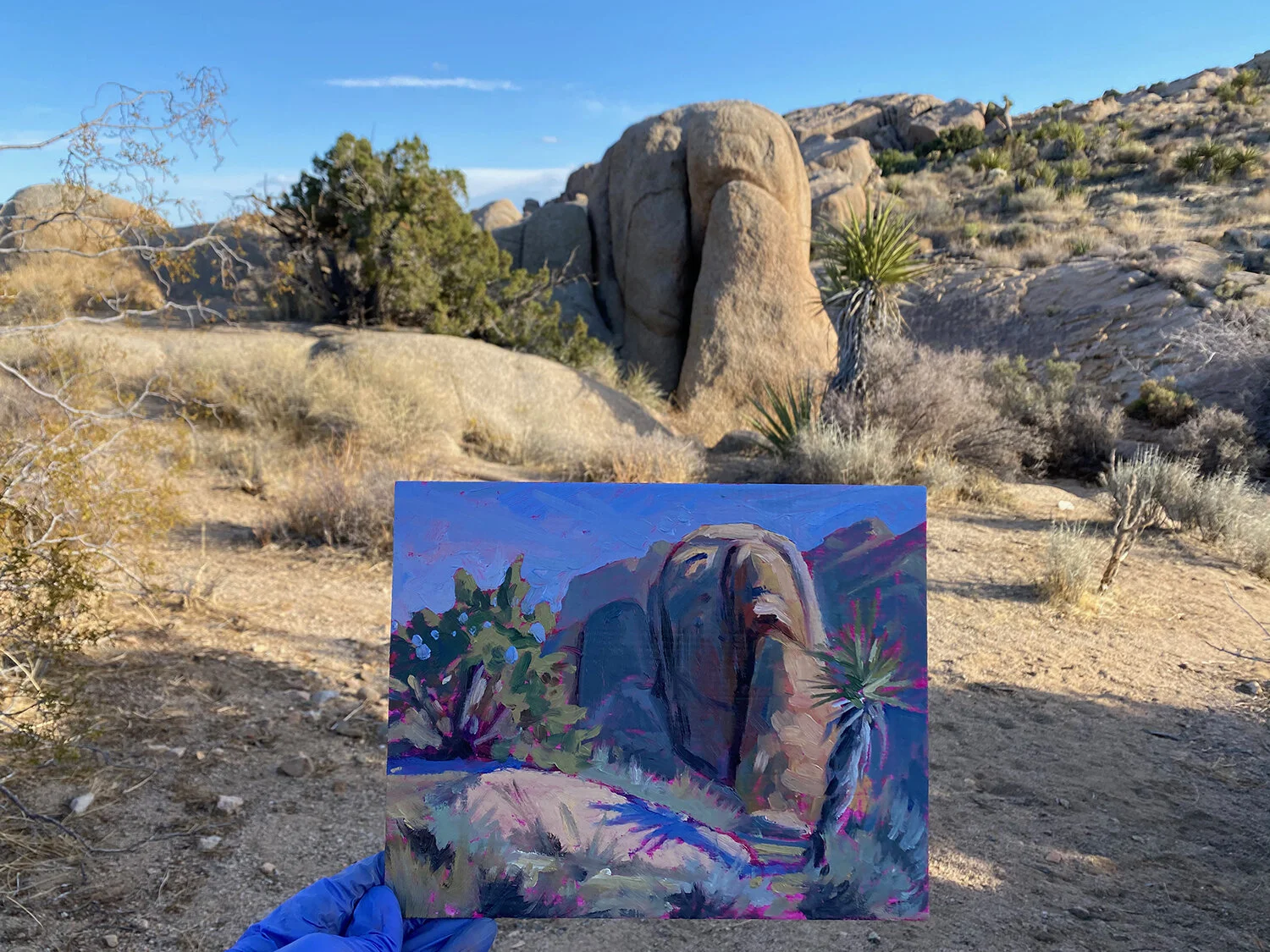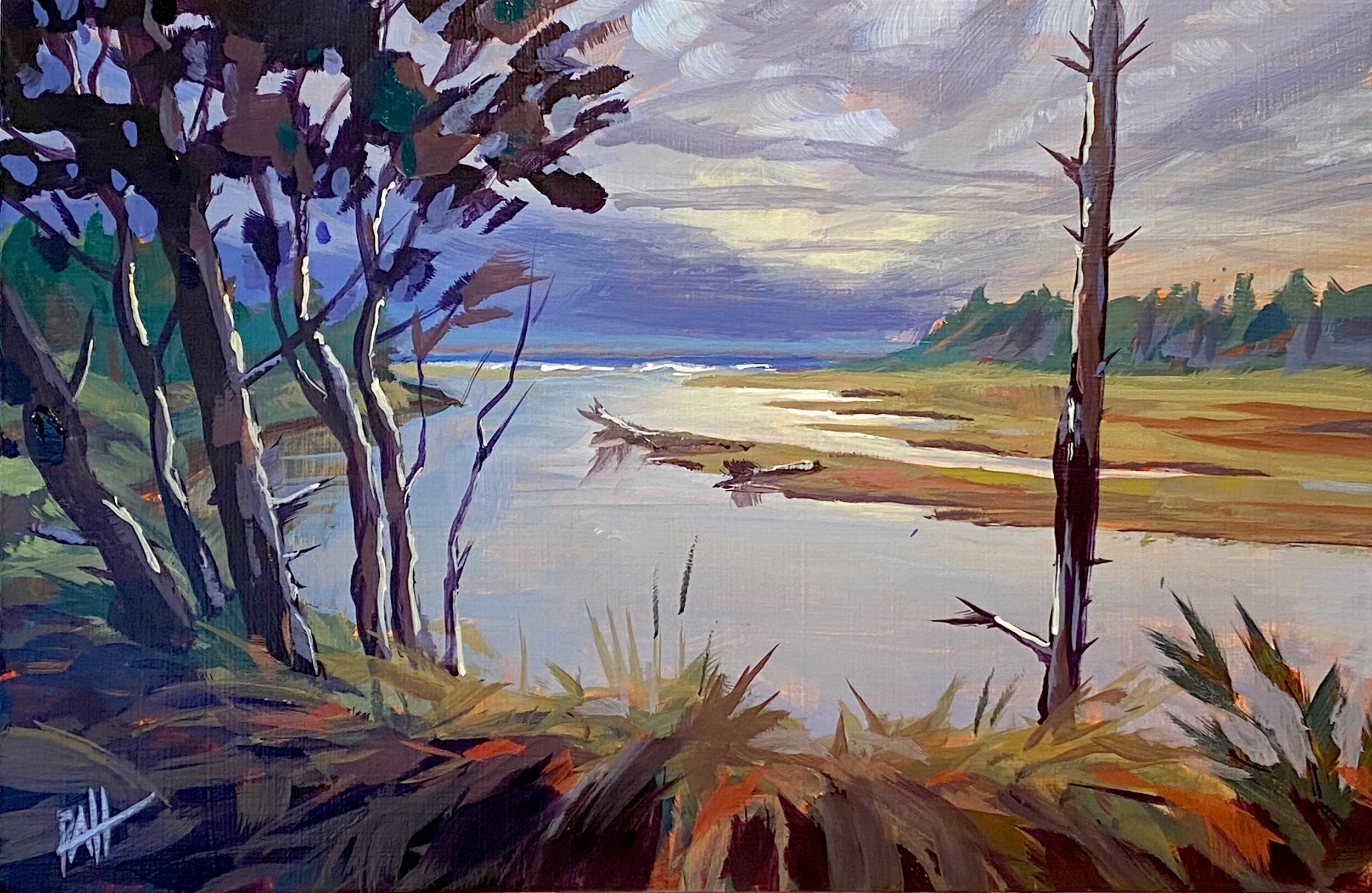You may notice my newest paintings go beyond Oregon to feature other parts of the world. I normally love to paint the PNW, American West, and Oregon especially. And I still do. But there are so many landscapes that inspire me, and from an artistic standpoint I suppose I’m helplessly drawn to the challenge of figuring out how to express the essence of certain places (and moments). The manifold personalities of the landscape continue to surprise. I honestly don’t know what I’m going to paint until a subject demands my attention, and I’ve found it wise to give in to that and see what happens.
So, too, with the urge to explore new places. I’ve long thought of visiting the mysterious and beautiful islands of Japan but have probably been daunted by the cost and complexities. But these days, given the current exchange rate and the magic of technology, it’s a great time to go.
We spent most of October traveling independently all around the main island of Honshu, living among and learning about these inspiring and rigorously competent people. It turns out lots of other people have discovered it’s a good time to see Japan. We found ourselves swept along the streets by truly surreal tides of humanity, but fortunately we also succeeded in escaping to quite a few lonely mountain trails and deserted temples. At one point we climbed an active volcano.
My general aim was to seek out the sublime landscapes that inspired hundreds of years of traditional silk painting and wood block printmaking that eventually inspired the early impressionists of Europe. Part of the Japanese tradition emphasizes the fleetingness of all things in life. Some of you may recognize this as a Buddhist influence, but it also stems from the Shinto tradition which imbues all things in nature with meaning and agency. These traditions tend to blur together somewhat within the culture (e.g. the shrines and temples look similar at first glance), and have evolved into a rich array of art, architecture, and philosophy. To avoid the futility of explaining what took a dozen books and hours of podcasts to begin to grasp, suffice it to say it’s complicated, but the results, artistically, are deceptively simple.
The impressionists (before they were called that) caught on to the idea when Japanese “ukiyo-e” (floating world) woodblock prints flooded the European markets in the mid 1800s. The woodblocks depicted normal, everyday experiences elevated to poignant perfection with simplified but striking compositions, standing in stark contrast to the glorious, embellished narratives of traditional art in Europe at the time.
Enabled by the advent of lead tubes to transport oil paints, artists like Claude Monet and Vincent Van Gogh (to name the more popular ones, among hundreds who toiled in obscurity but perhaps equal intensity and skill), set out into the hills to see what everyday European experiences they might elevate to poignant perfection. Many European artists at the time dabbled with their own fairly literal interpretations of Japanese art. Eventually the homegrown impressionist works, featuring working landscapes and people, began to catch on. The Salon in Paris hated it, of course, but the tides of culture flow inexorably onward.
Morihiro Hosokawa’s “fusuma-e” sliding door paintings at Ryoanji temple in Kyoto
In between seeking out sublime landscapes, which abound in Japan, I also sought out as many galleries and art museums as I could find. One of my favorite museums in Kyoto featured ancient silk scroll paintings of forests, waterfalls, gardens, mountains, ocean waves, etc. Many of these large silk paintings embellish the walls of the otherwise sparsely-furnished traditional architecture, as though drawing the power of the landscape (and the epic forces present within it) indoors, such that they might add to the power, prestige and pleasure of the residents.
As a lover of all things wild and outdoors, I found this concept profoundly satisfying. It seemed to me there must be something about the precariousness of life on these wild, volcanic, typhoon-and-tidal-wave-lashed islands that is deeply embedded in the culture. Nature is powerful, beautiful, and unpredictable, and life is fleeting.
Curiously, commercial art galleries seemed few and far between, even in the larger cities. The art museums, although there were a couple of impressive ones, also appeared quiet compared to the temples and other iconic Japanese travel destinations.
Traditional Ukiyo-e (floating world) woodblock prints are still a common feature of Japanese culture today
Why so little art? It took me a couple months of perspective to finally realize art was everywhere. The Japanese operate within strict conventions, so even within the world of art reigns a set of rules and ideals. Despite this, or perhaps partly because of it, art appears to infuse the very culture on a deeper level. Although the people themselves are not flamboyant (today’s Japanese dresses very modestly in shades of black, white, gray, blue and beige, no exceptions!), both traditional and popular culture were/are bursting with artistry.
I found myself wondering, how does art thrive within such rigid boundaries? But there it was, staring me in the face, a gigantic plastic effigy of Lucky Billiken, the God of Things as They Ought to Be, and I was forced, with a smile, to admit my own conventions.
Although you may not see me posting silk paintings of waterfalls any time soon, the truth is, I have no idea how this trip will ultimately influence my art. It’s anybody’s guess. I’m learning that these things take time to process. Like the highs and lows of life, if you’re lucky they eventually bear fruit.
May your summer be off to a wonderful start, and I hope to see you in Lake Oswego June 20-23! If not, drop me a line. I love hearing from you.
































